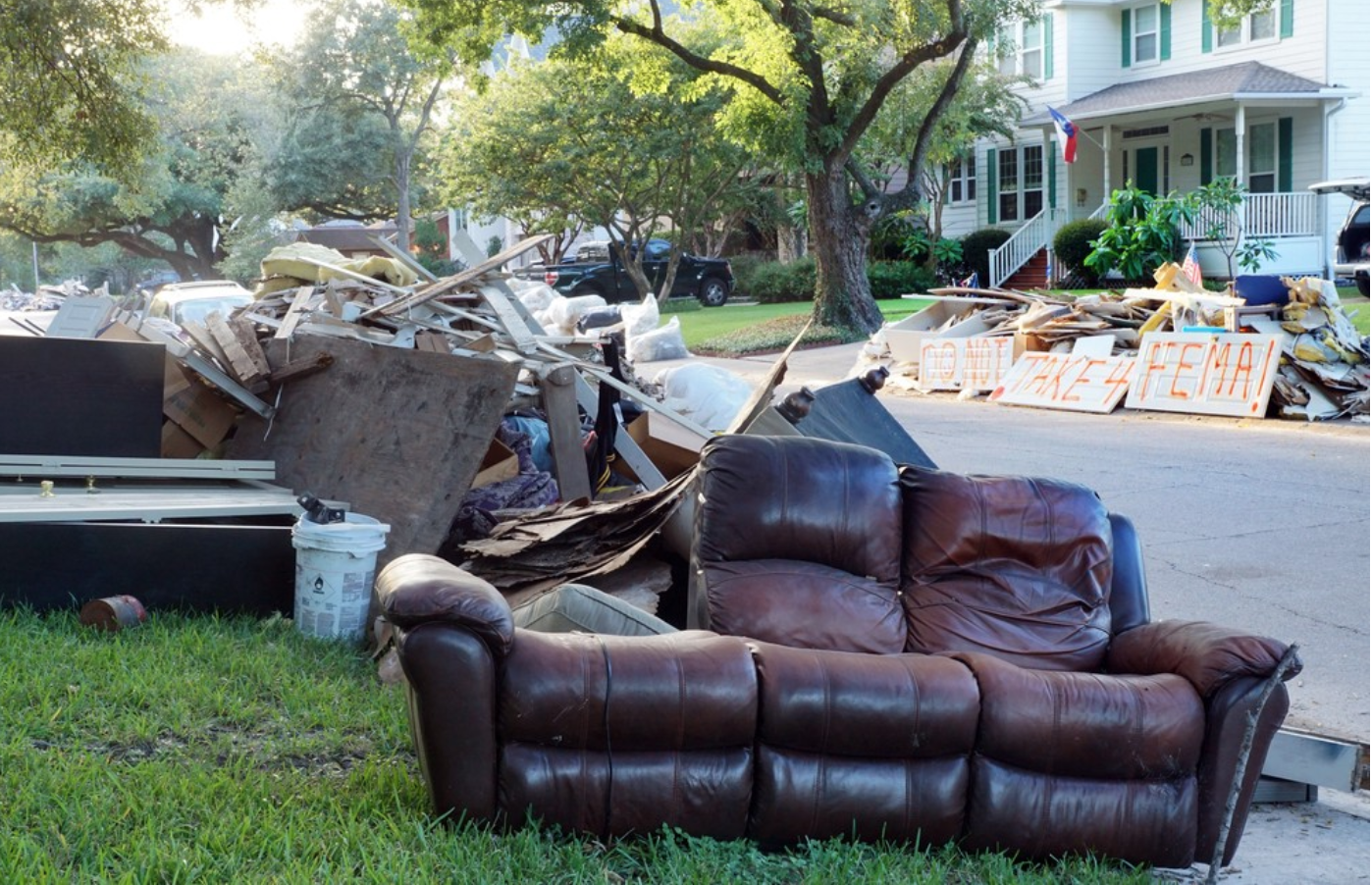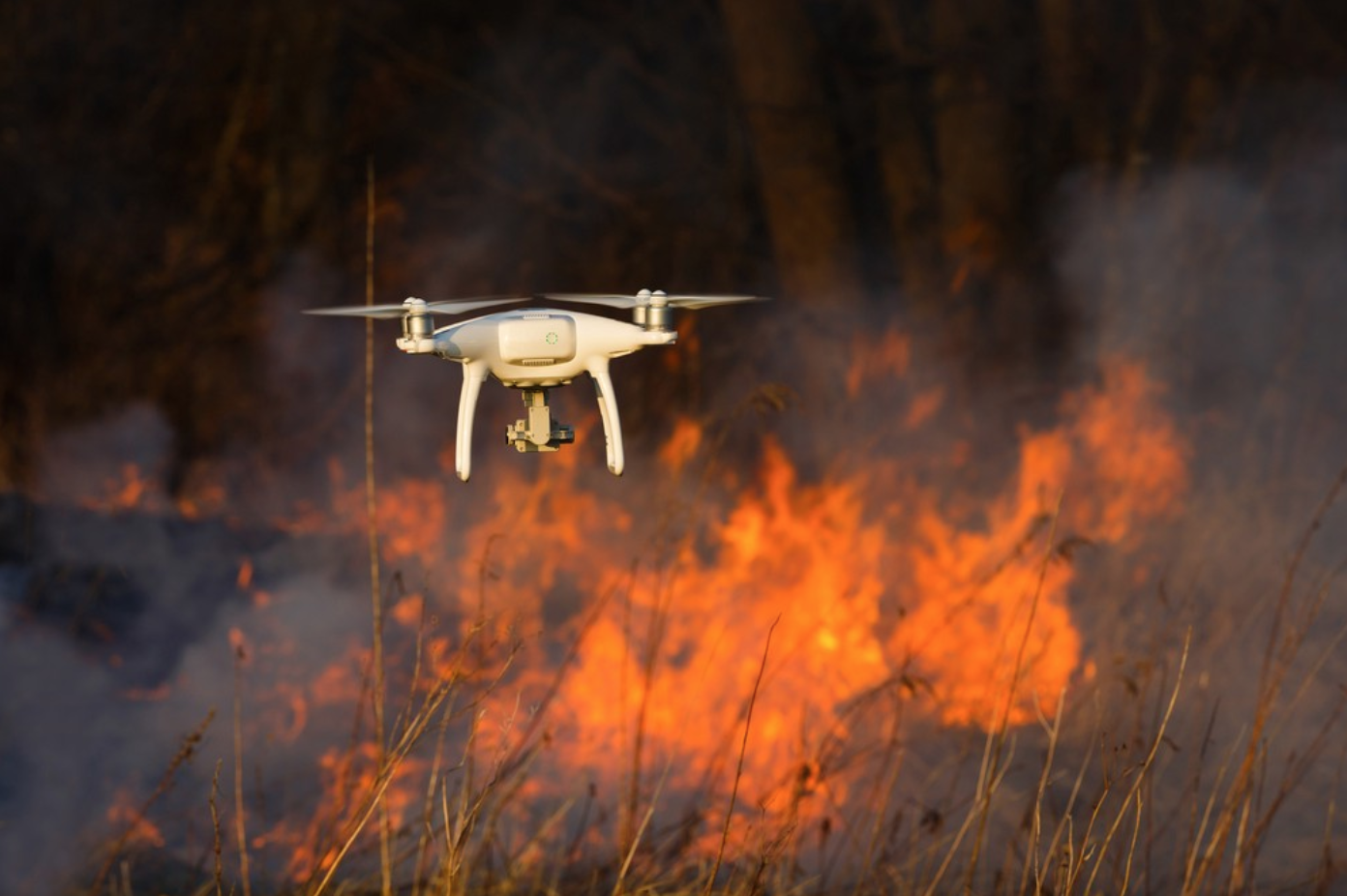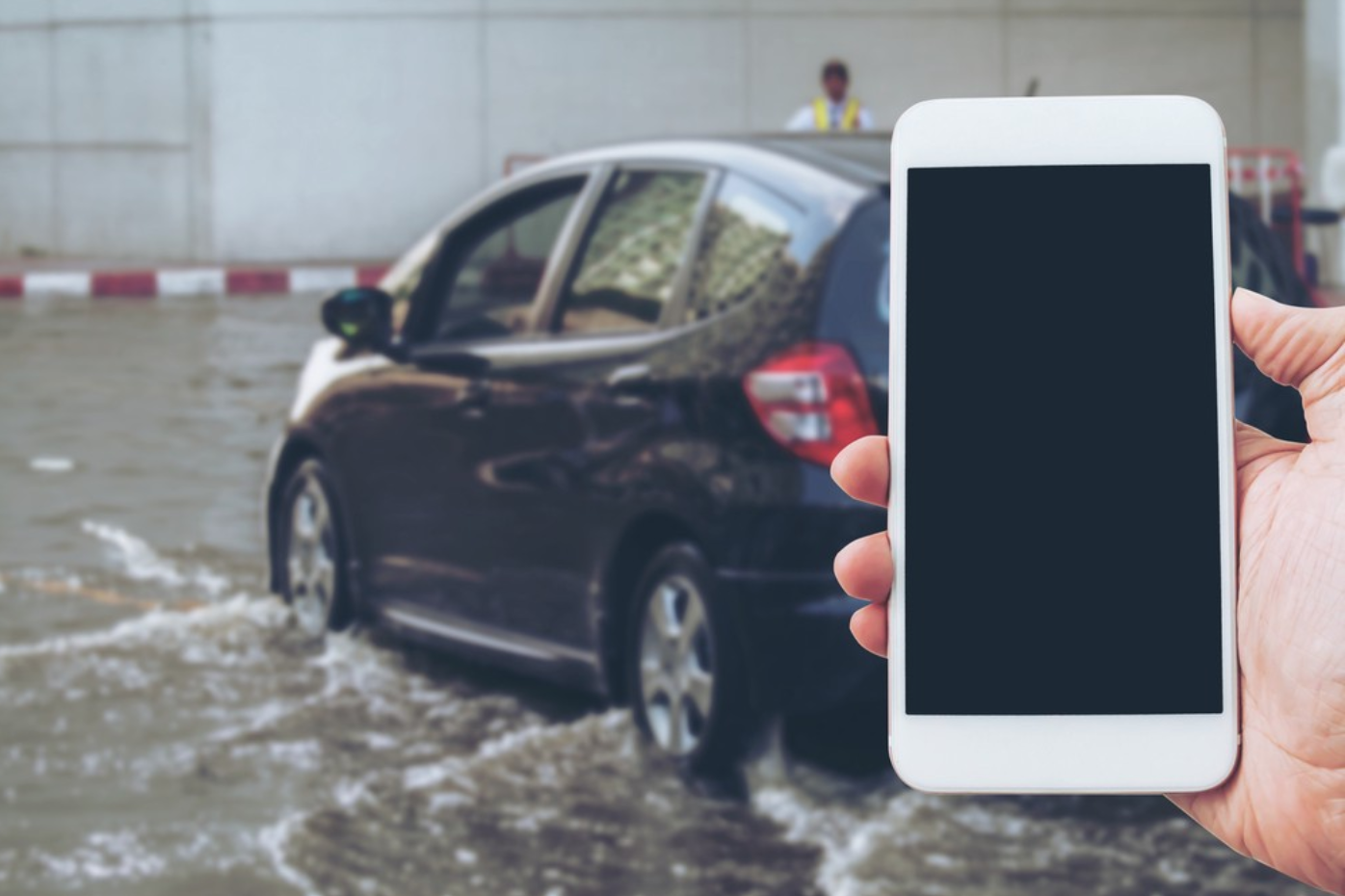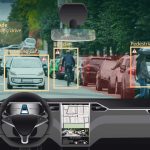Tech’s New Role In Disaster Preparedness
By Tricina Elliker
Are we ready for the next disaster in progress? Natural disasters are becoming all too frequent — hurricanes, floods, earthquakes, and forest fires are showing up more and more around the world. It’s not a subject anyone wants to discuss, but common sense says we’re going to see more disasters in years to come.
To address this new normal, we will need to factor the reality of these disasters into the way we design. The silver lining is that while we’re dealing with these tragic incidents more often, we’re also using these experiences to develop tools to prepare for them better.
Rethinking disaster preparedness
We used to rely on government agencies to provide most of the support and direction during and after natural disasters. If a disaster struck, FEMA and the Red Cross would step in. But more and more corporate tech organizations are helping communities affected by natural disasters. Advances in software and engineering are making it easier to avoid dangerous contaminants after an earthquake, build emergency shelter fast in a hurricane, and pass off the most dangerous work to robots.

Designing for chaos
A PricewaterhouseCoopers report found that while few industries have begun to overtly design products and services with natural disasters in mind, more industries are gathering on the effects of natural disasters. We have more ways to find, store, and process data than ever before. Now we can use that information to better understand how disasters affect individuals and communities.
As we look toward the future of user experience design, we can begin to incorporate more of what we know about CAD disasters and what our customers need from our products during these stressful times. User experience design is meant to focus on the user’s needs, making natural disasters the best challenge technology has faced to remedy results quickly. So we need design our products to hold up to the chaos and strain inevitable in times of peril.

So far a lot of technological innovation in this space has been focused on getting information out of disaster areas — Whether that’s search and rescue drones or mapping how viruses spread around the world. Getting information where it needs to be is a bigger challenge during disasters than many anticipate.
For instance, the first piece of advice any home or business owner is given when a disaster hits: File a claim with your insurance company as soon as possible. Why? Because the process famously takes a long time and people who are recovering from a disaster aren’t likely to have a lot of time to waste.
But the traditional process for insurance claims starts with a phone call, then the company sends a representative to see the damage in person before any steps can be made to start fixing the problem. This process wasn’t ideal even before we started seeing frequent natural disasters. Before a disaster strikes there simply aren’t enough insurance advisors readily available to process all the claims fast enough. But now, these events impact so many people at once, insurance organizations have trouble getting to customer calls and claims as fast as they’d like.

Instead of sticking to this inefficient, laborious process, insurance brands could let customers use their smartphone cameras to collect and send the initial footage needed to start the claims process instantly. And in this case, a picture truly is a thousand words. It reduces labor for the insurance brand, encourages the customer to act immediately, while speeding up the claims process and including more accurate data.
Every step of the natural disaster recovery process has room for improvement. And technology could offer huge, lifesaving solutions. Brands have to design with the knowledge that soon someone will likely need to access them during a disaster. Thankfully, we have better tools than ever before to tackle this challenge.
How are you designing to improve user experience during and after natural disasters? What tools are you giving your customers to ease the strain of disaster recovery?






